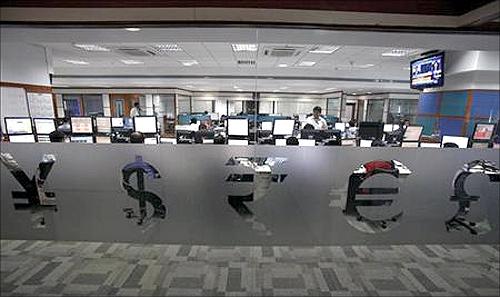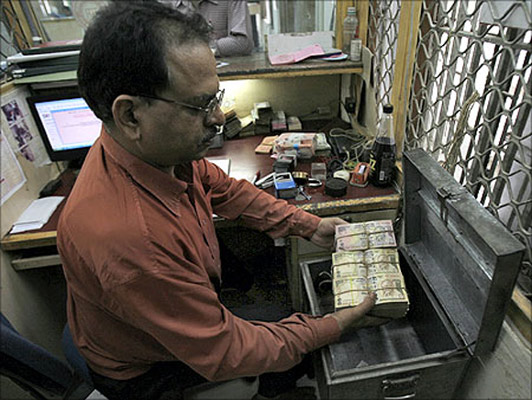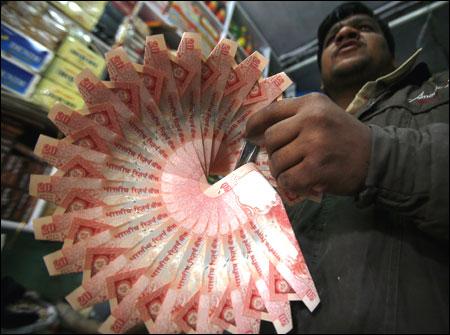
If you haven't yet thought of diversifying across countries, think again. Feeder funds offer an easy way to do so.
You could, for instance, invest in the US or Latin American markets or those of other emerging economies by just purchasing units of local feeder funds in rupees.
Feeder funds collect money from investors in India and invest according to their mandate in parent funds based outside India.
The benefits of this diversification are many. The most important is that it offers you a portfolio in a currency other than rupees. At a time when the rupee is depreciating, assets abroad can boost your return.
For as little an investment as Rs 5,000, you could give your portfolio a diversification. Indian investors also have plenty to choose from.
…

There are funds tracking global agricultural stocks if you want agri exposure, to funds investing only in the Nasdaq to others that invest in US blue chips, to yet others that invest in Latin American or emerging market countries.
Feeder funds, though, have two types of risks. One is, of course, currency risks. At a time when the rupee is depreciating against whichever currency the fund is denominated, you will make rupee gains.
But if the rupee is appreciating, your return will take a hit. Hence, one must keep a close watch on the economy one is investing in.
…

The other is the asset risk. The underlying asset, whether it's agricultural stocks or consumer stocks in emerging markets in which your feeder fund has invested, should perform well if you have to see returns.
Remember, your geographical and asset class exposure depends on the international funds you choose.
Understand that you will be investing in themes outside India and it requires a little planning and research from your side.
For instance, if you want emerging market exposure, then choose an emerging market feeder fund; for exposure to US equities, pick a US equity fund.
…

Returns will differ between assets and geographies. Last month, ICICI Prudential US Bluechip Equity returned 5.39 per cent, whereas the HSBC Brazil fund declined 8.1 per cent.
Experts also suggest investors take an exposure of at least 10 per cent of the total portfolio in themes and exposures outside the rupee.
More aggressive investors might want to bump up that upper limit. Do so only if certain that the asset class and geography you have invested in will do well.
…

Feeder funds are taxed differently from regular equity funds. For tax purposes, these are treated as debt funds and subjected to a 10 per cent long-term gains tax or 20 per cent without indexation.
For Indian investors, there are at least 50 different types of feeder funds or direct international funds that will help you diversify. And, these days, there’s a lot happening across the globe.
Global economies are passing through different growth paths and, therefore, a little exposure to international equity will do your portfolio some good.